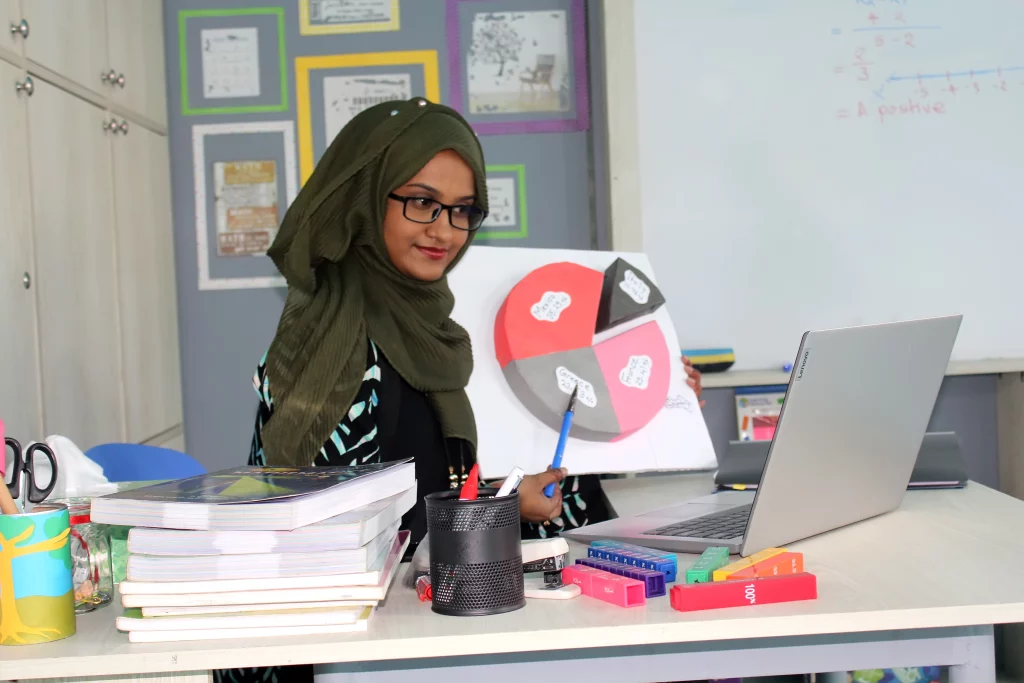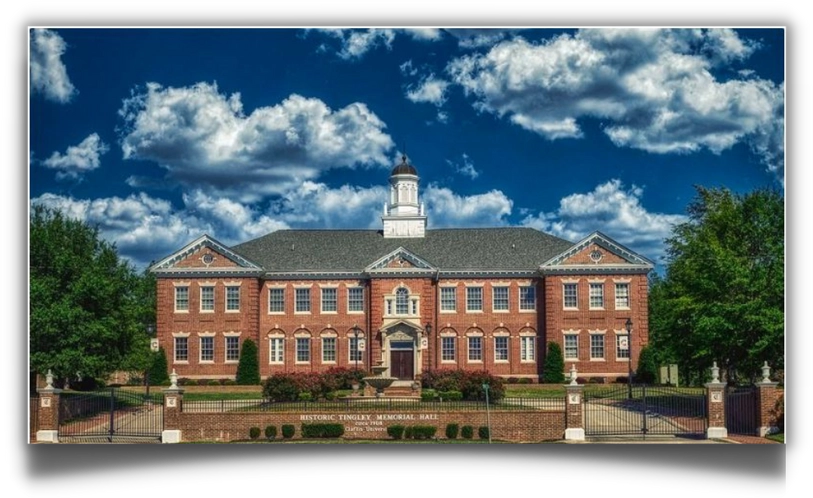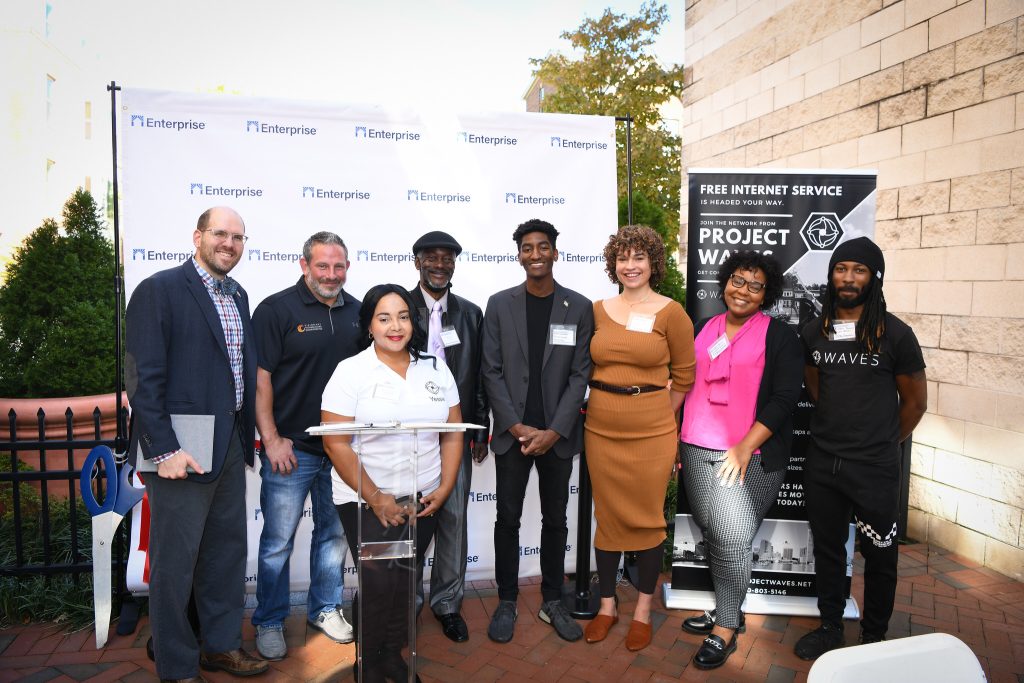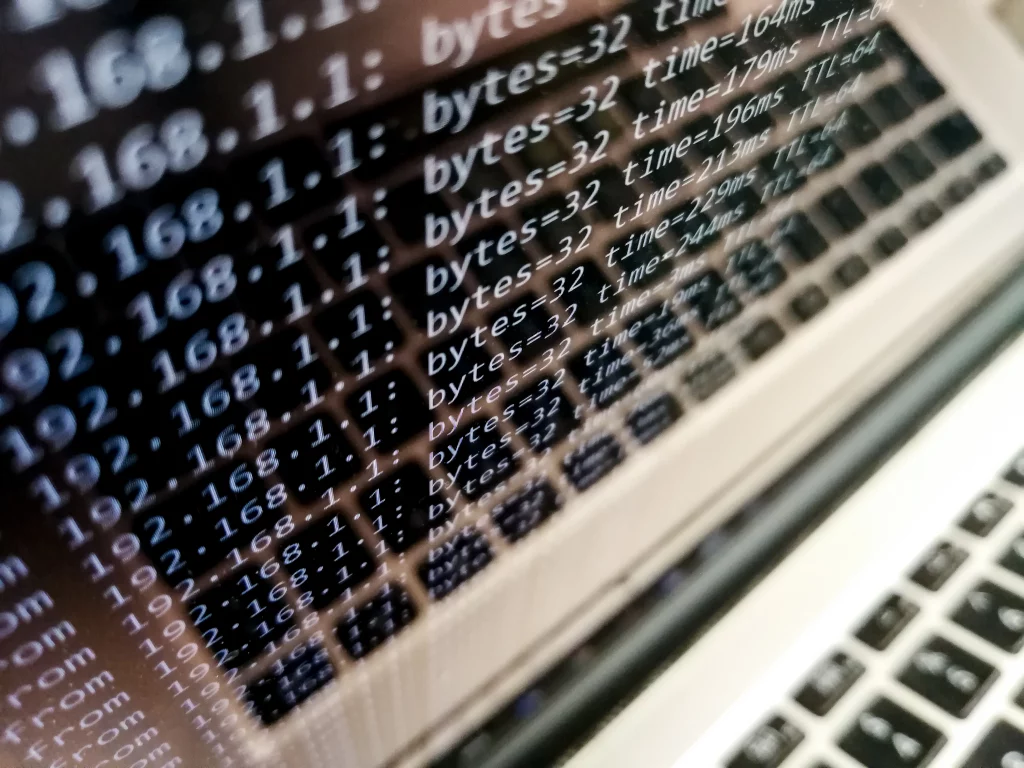OBJECTIVE OF THE PROJECT The project aims to train grantees and co-create with them to craft soundscapes which share and amplify their story of bringing Internet access and connectivity to their community: collages of stories, thoughts, and environmental sounds to articulate the impact of the Building Opportunities/Leveraging Technology (BOLT) grant on them and their community.…
Read MoreOBJECTIVE OF THE PROJECT The objective of the project is to increase more than 5,000 underserved children’s educational opportunities in Bangladesh by promoting the use of the Internet to create relevant, authentic and engaging learning experiences in blended learning environments, working directly with 200 teachers and 2,000 parents over the course of 24 months. The…
Read MoreOBJECTIVE OF THE PROJECT The project aims to locate self-contained emergency communications trailers in 25 identified major urban areas around the United States to enhance emergency response and preparedness operations, specifically addressing Internet connectivity across all disaster recovery phases. Each trailer is self-sustaining, ensuring the resource remains available for community recovery as long as needed,…
Read MoreOBJECTIVE OF THE PROJECT The goal of the project is to ensure that communities with Historically Black Colleges and Universities (HBCUs) and their surrounding communities have access to high-speed affordable Internet, and the skills and devices to use it. This project creates a 5G network to support WiFi access points to the end users. The…
Read MoreRESEARCH QUESTION The research asks how the work of mental health professionals is changing as they increasingly provide services through online digital platforms, and how such shifts impact therapeutic expertise, therapeutic labor, and professional practice. The project aims to understand how the work of mental healthcare professionals is changing as it moves to teletherapy and…
Read MoreOBJECTIVE OF THE PROJECT To address the digital divide, this project implements a state-of-the-art, fibre-optic deployment to deliver secure home Internet service to Baltimore residents, providing free Internet service to approximately 132 households. Using fiber-to-the-premise connectivity paired with a Gigabit Access Multiplexer (GAM) device, gigabit-speed services are provided to low-income housing tenants using existing coaxial…
Read MoreOBJECTIVE OF THE PROJECT The project seeks to provide Internet access for Indigenous Shuar people in three communities in the Alto Nangaritza region of the Ecuadorian Amazon by implementing a solar-powered telecommunications tower to relay Internet connectivity through point-to-point technology. The project will provide stable and affordable Internet access so that communities can access and…
Read MoreOBJECTIVE OF THE PROJECT The goal of the project is to train and guide village level entrepreneurs (VLEs) and village level technicians (VLTs) to deploy Internet connections and maintain/repair the Internet connectivity, especially during disaster situations in rural disaster-prone villages in Karnataka and Kerala. The VLEs and VLTs are specifically oriented toward natural and climate-related…
Read MoreThe question addressed in this research is how to transform the cost of mitigating Denial-of-Service (DoS) attacks on the Internet from a burden on the potential victim to a burden on attackers. Reducing the cost of mitigation DoS attacks to the victims and increasing that burden on the attackers helps enhance trust in the network.…
Read MoreRESEARCH QUESTION Did the digital gender gap mean that women and men experienced the COVID-19 pandemic differently, and what are the microeconomic and macroeconomic consequences of this gap? Did governments take action and succeed in fast-tracking access to Affordable and Meaningful Connectivity as a result of the pandemic? What specific actions proved to be impactful in…
Read More






